Idea by
Richard Lee Peragine
Call for ideas 2019
Res nullius, res communis
Res nullius, res communis
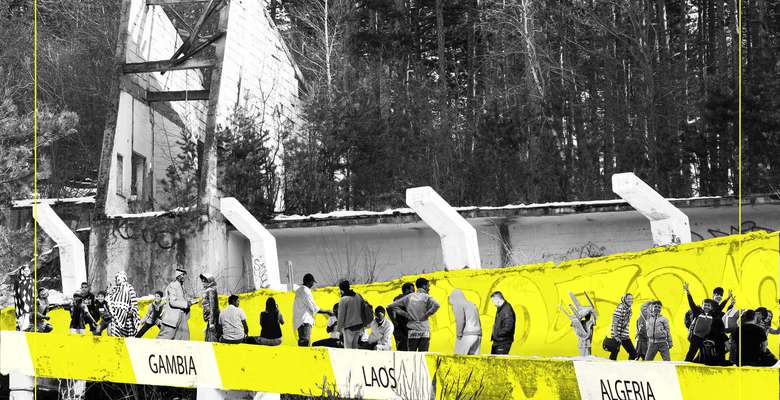
- New alliances
The project tries to address a neglected and hybrid field in architecture. Projects that balance political research and thought-provoking design are rare but needed, more than ever in geopolitically, socially and environmentally troubled times. Political analysis in architecture often results in either utopian design outcomes or very pragmatic interventions which are in turn provocative or effective, but at the same time struggle to recognise architecture’s limits. Architecture isn’t necessarily a solution but can be, however, a powerful instrument for social and political activism. This is what the project embraces and tries to put forward: context-driven research resulting in a low-key intervention that mixes landscaping, architecture and land art with social activism. Raising awareness in an interdisciplinary politics-based research method could bridge the gap between tangible design and urgent global needs. Architecture as a built form of activism can say a lot with very little.
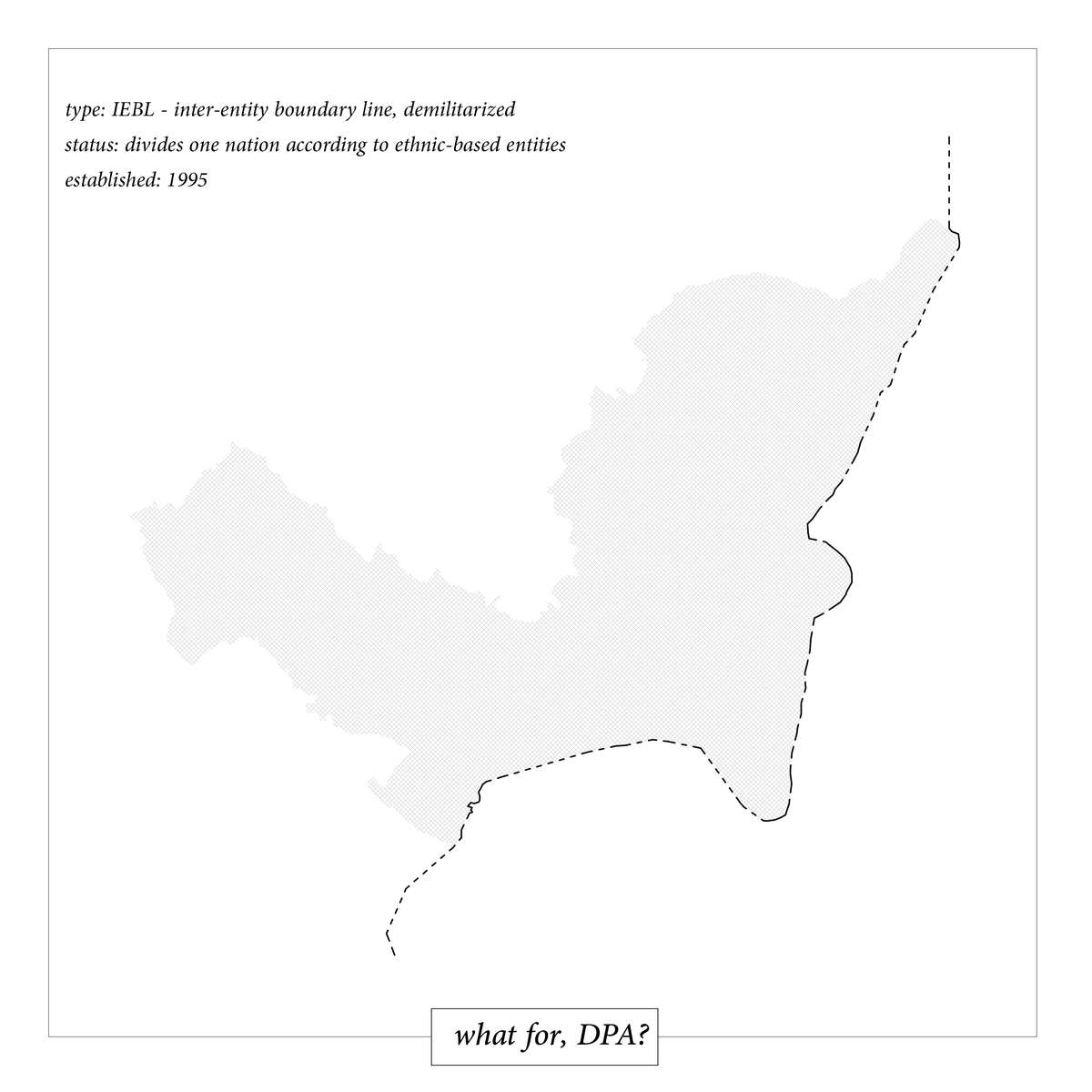
Most borders you can’t actually see, they’ve been agreed on as a mathematical convention. They divide South Korea’s sea from North Korea’s, Baarle-Hertog from Baarle- Nassau, the desert of Libya from that of Sudan. Some others are visible such as the walls between Israel and Palestine or Mexico and the USA. What it boils down to is that most of the time they divide space where there isn’t or shouldn’t be a division.
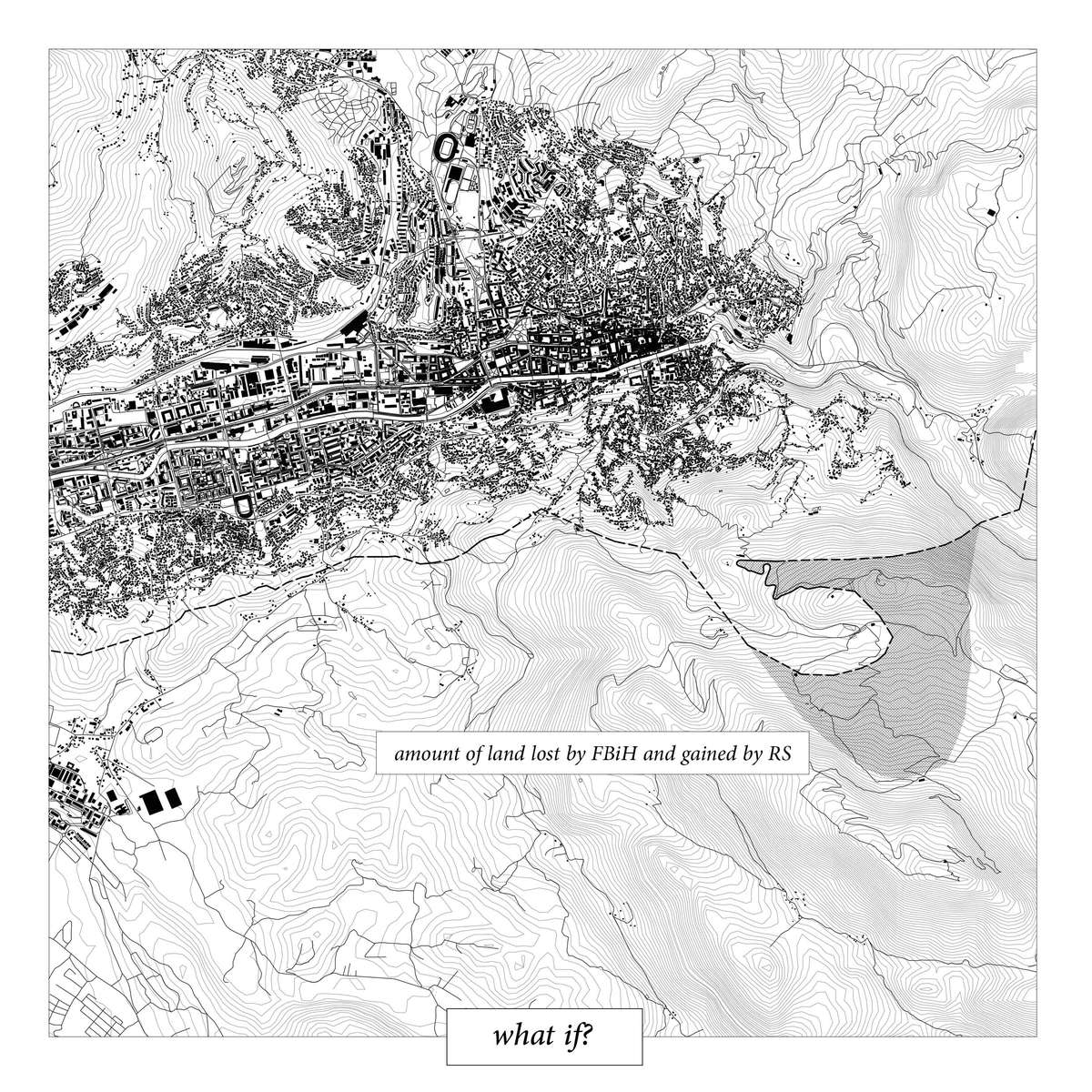
Borders are the ground zero for migration and anti-migration. The IEBL is a perfect example of an absurd self-defeating border and as such one can easily imagine reshaping it.
For instance, what if during the DPA the Croat-Muslim Federation and the Republika Srpska hadn’t managed to settle on the border across Mt.Trebević as they did? What if suddenly the IEBL border were to change?
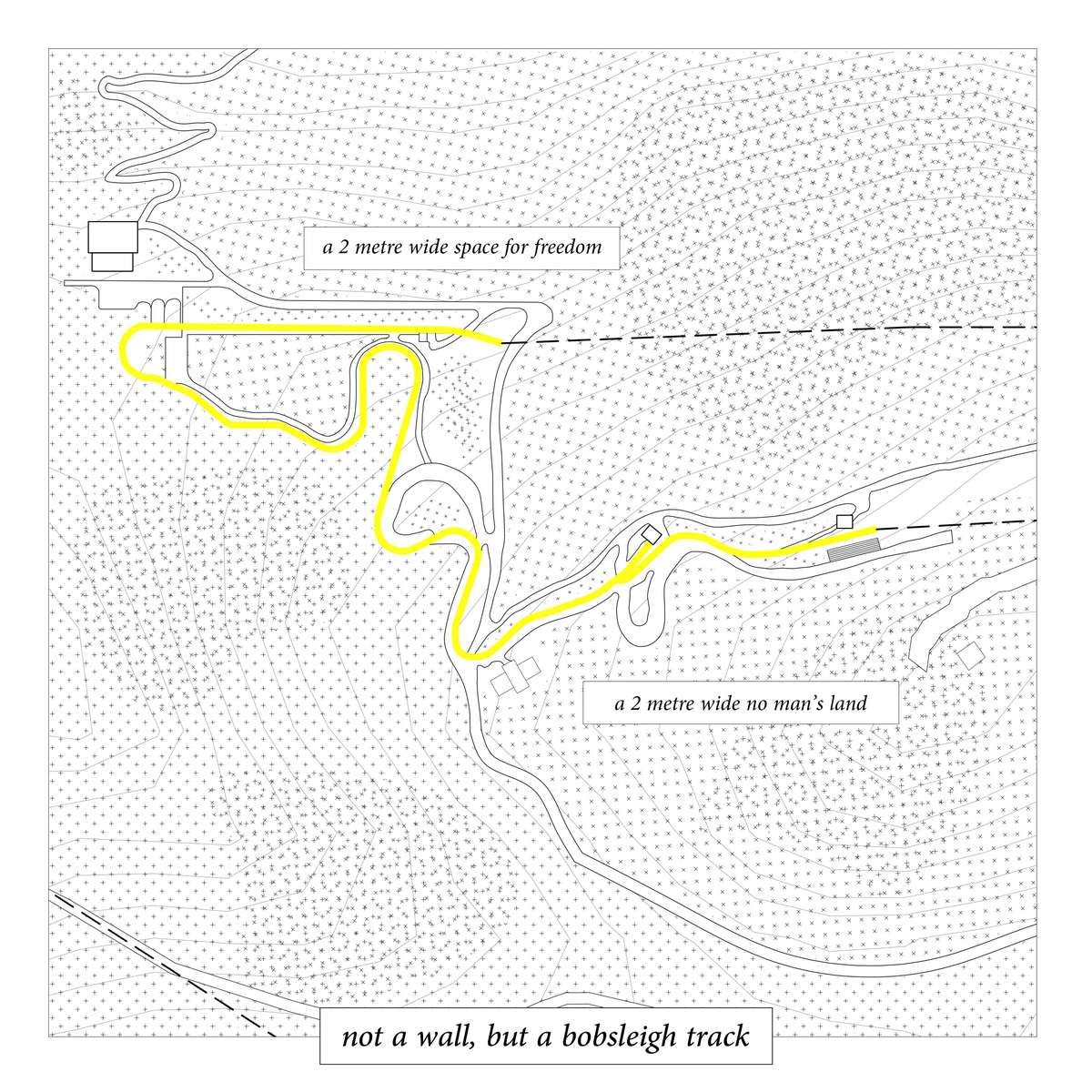
The project proposes an alternative border transforming an intangible barrier into a physical space by a visual redefinition of the bobsleigh track. From 0 width, the IEBL becomes 2 metres wide: a no man’s land for every man, a space of freedom, a melting pot for the world’s displaced. By 2050 who knows what kind of settlement might form on it, underneath it or above it.
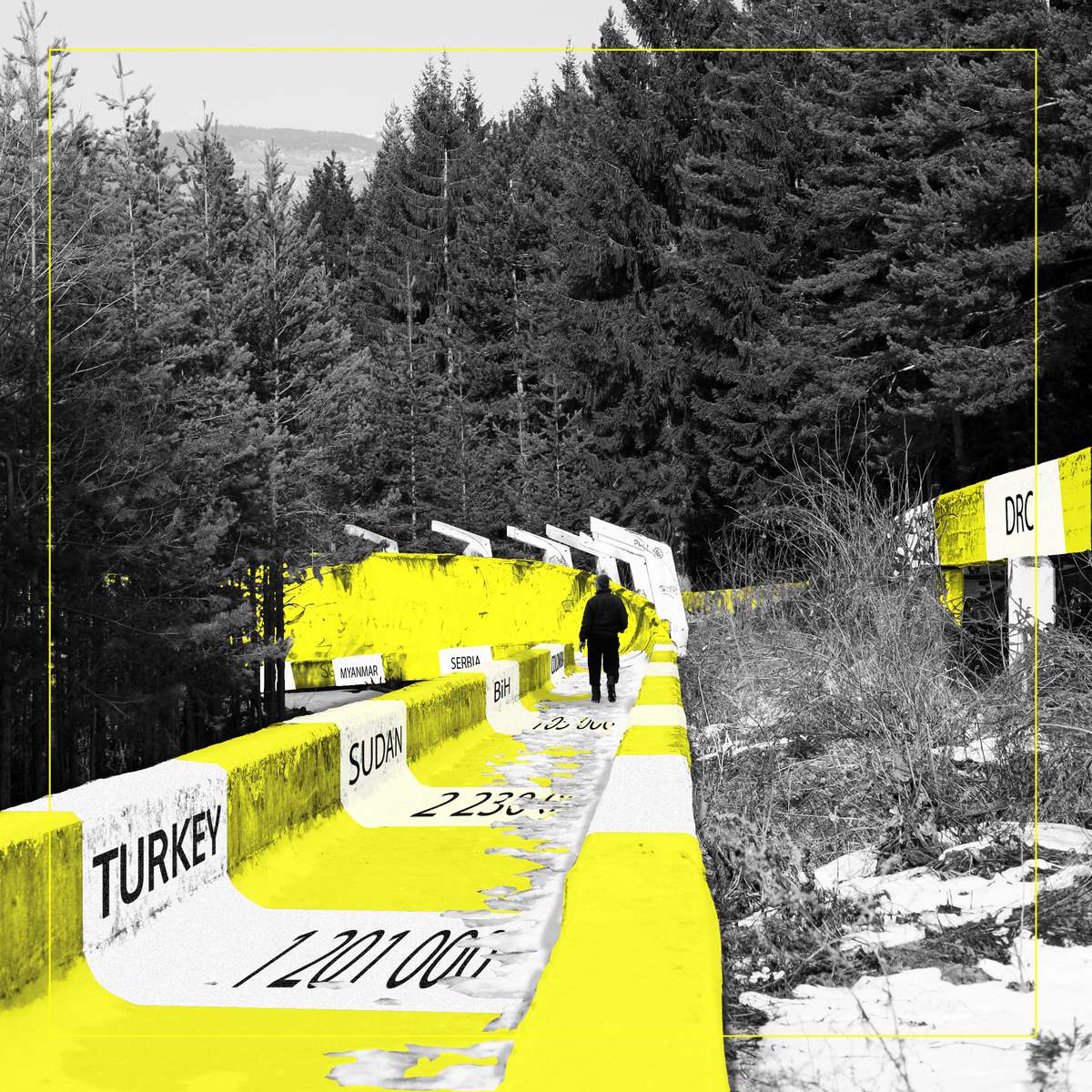
While Sarajevo and Bosnia and Herzegovina are made up of two uncommunicative entities, all urban plans, architectural ideas or future land use proposals are faulty.
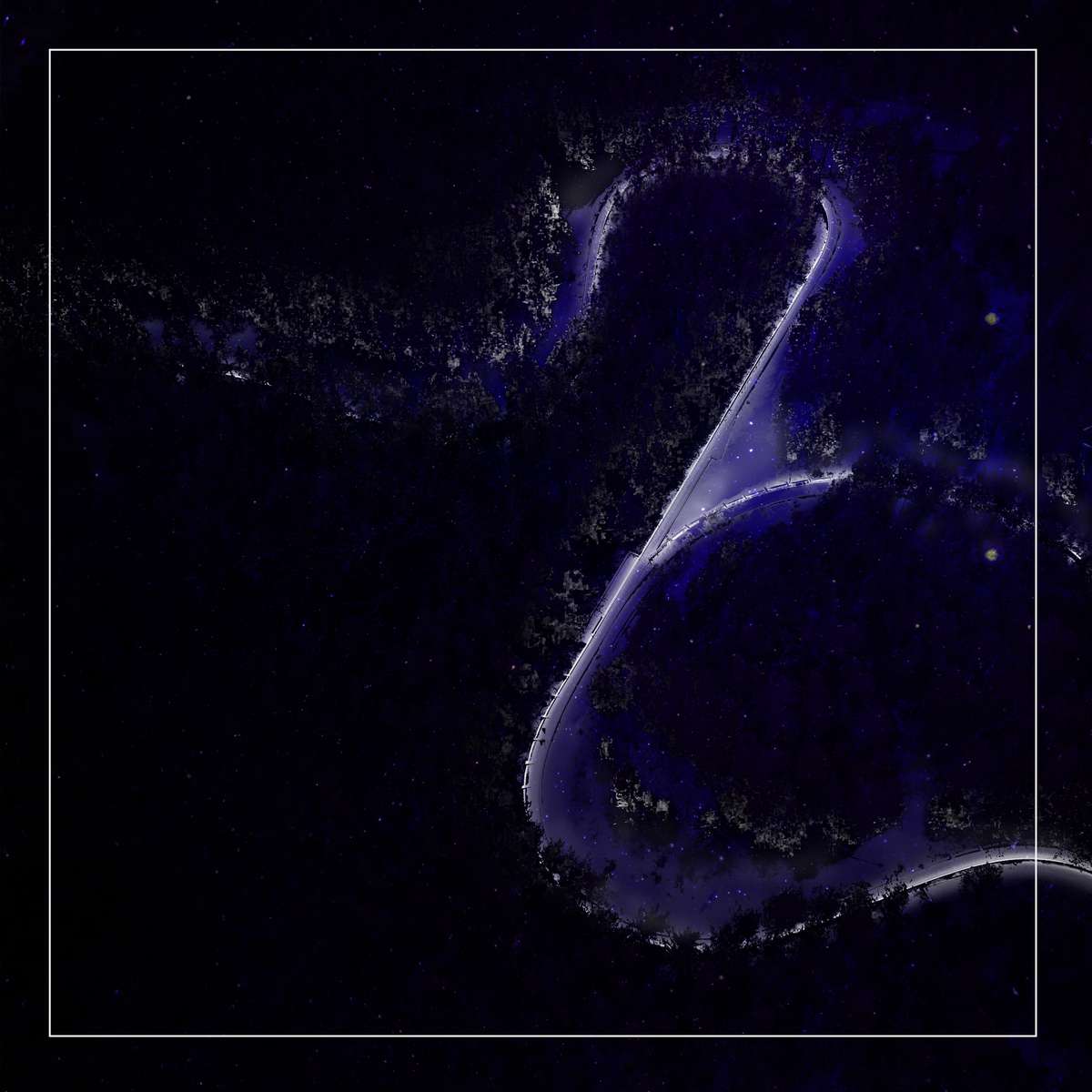
The idea is to transform a symbol of past aspirations and failed internationalism, violent conflict and murky diplomacy into an emblem of tolerance and freedom.
Res nullius, res communis
Res nullius, res communis

- New alliances
The project tries to address a neglected and hybrid field in architecture. Projects that balance political research and thought-provoking design are rare but needed, more than ever in geopolitically, socially and environmentally troubled times. Political analysis in architecture often results in either utopian design outcomes or very pragmatic interventions which are in turn provocative or effective, but at the same time struggle to recognise architecture’s limits. Architecture isn’t necessarily a solution but can be, however, a powerful instrument for social and political activism. This is what the project embraces and tries to put forward: context-driven research resulting in a low-key intervention that mixes landscaping, architecture and land art with social activism. Raising awareness in an interdisciplinary politics-based research method could bridge the gap between tangible design and urgent global needs. Architecture as a built form of activism can say a lot with very little.
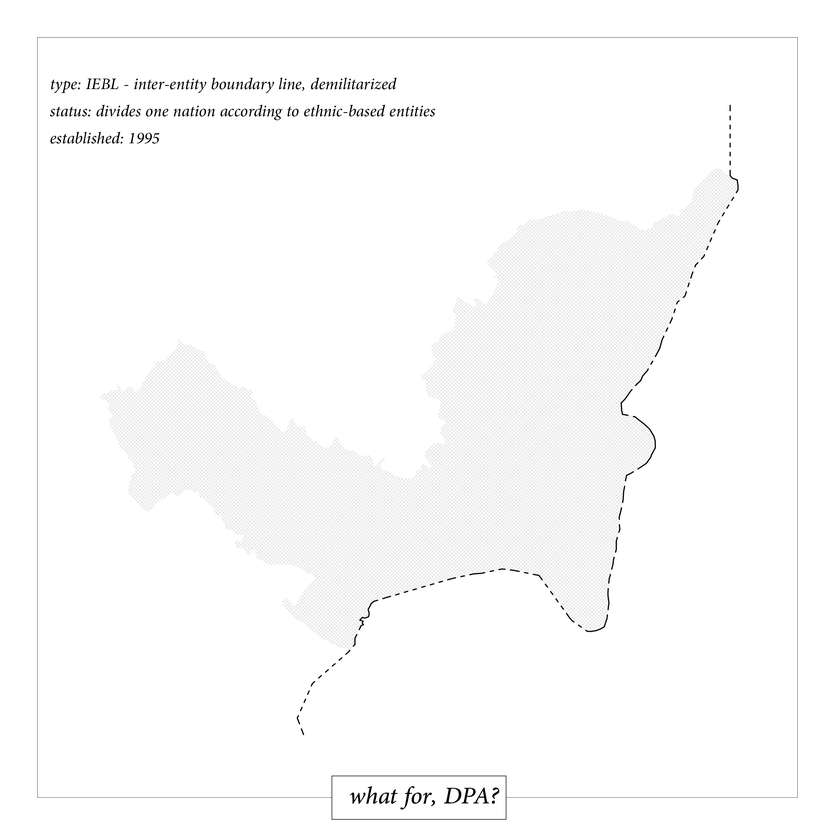
Most borders you can’t actually see, they’ve been agreed on as a mathematical convention. They divide South Korea’s sea from North Korea’s, Baarle-Hertog from Baarle- Nassau, the desert of Libya from that of Sudan. Some others are visible such as the walls between Israel and Palestine or Mexico and the USA. What it boils down to is that most of the time they divide space where there isn’t or shouldn’t be a division.

Borders are the ground zero for migration and anti-migration. The IEBL is a perfect example of an absurd self-defeating border and as such one can easily imagine reshaping it.
For instance, what if during the DPA the Croat-Muslim Federation and the Republika Srpska hadn’t managed to settle on the border across Mt.Trebević as they did? What if suddenly the IEBL border were to change?
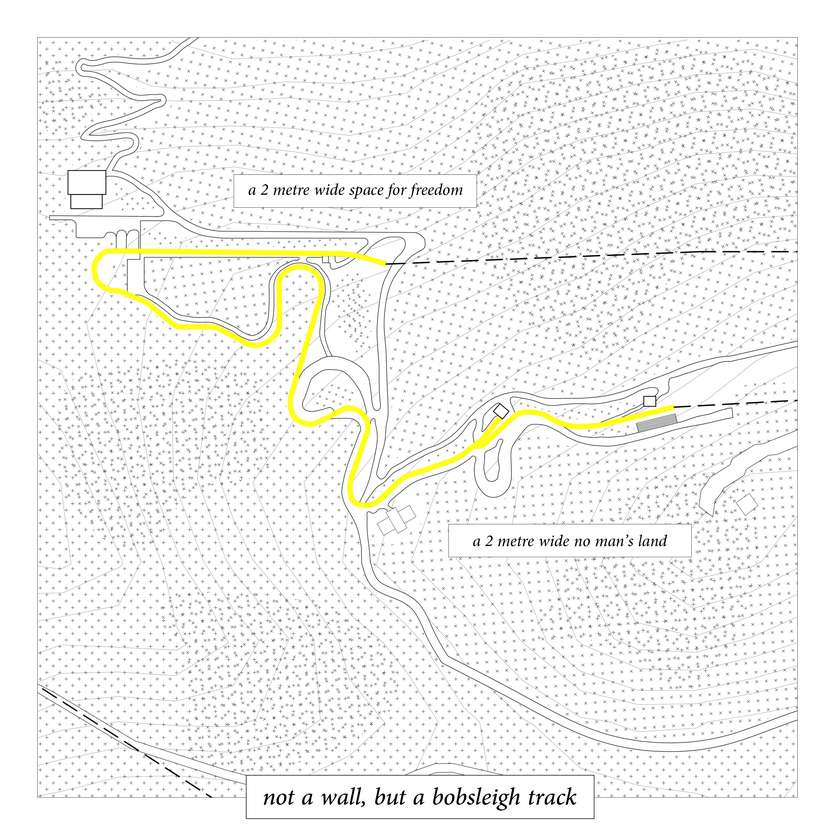
The project proposes an alternative border transforming an intangible barrier into a physical space by a visual redefinition of the bobsleigh track. From 0 width, the IEBL becomes 2 metres wide: a no man’s land for every man, a space of freedom, a melting pot for the world’s displaced. By 2050 who knows what kind of settlement might form on it, underneath it or above it.
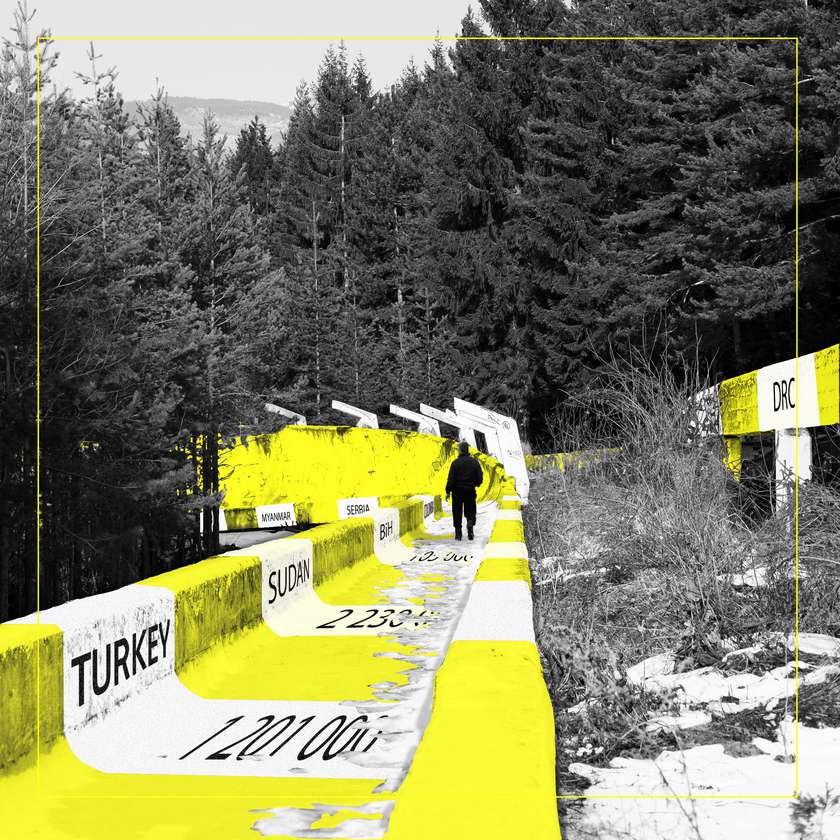
While Sarajevo and Bosnia and Herzegovina are made up of two uncommunicative entities, all urban plans, architectural ideas or future land use proposals are faulty.
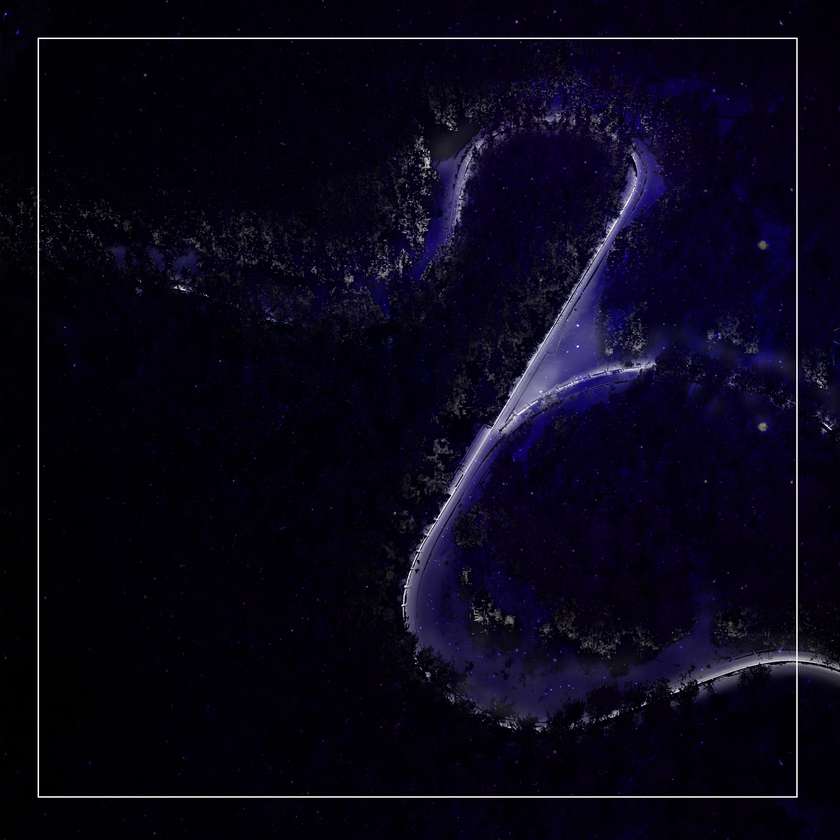
The idea is to transform a symbol of past aspirations and failed internationalism, violent conflict and murky diplomacy into an emblem of tolerance and freedom.